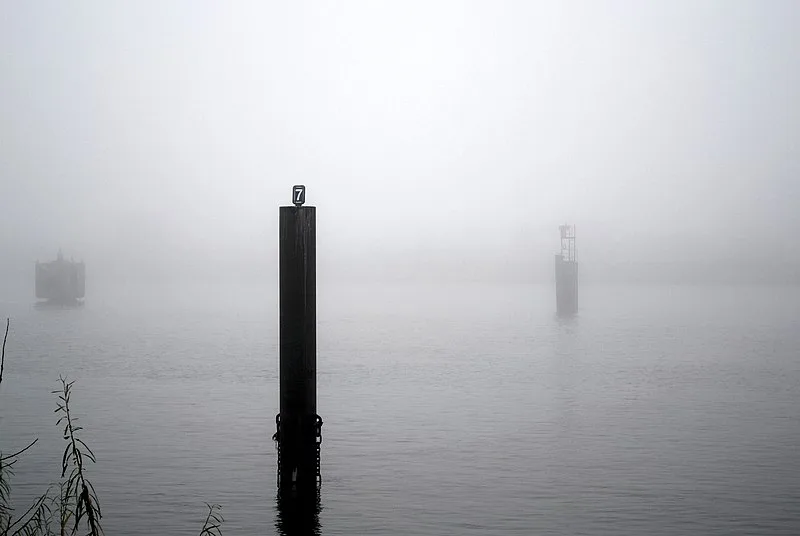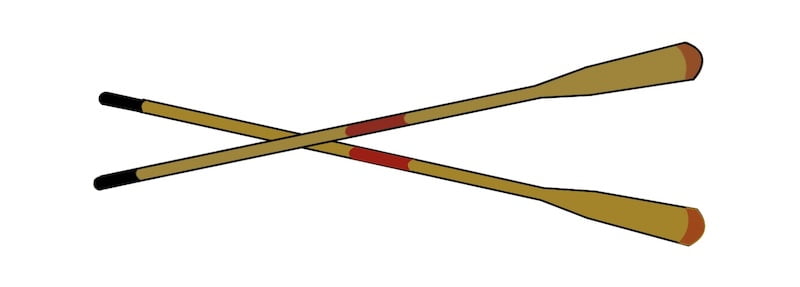
What Is Dead Reckoning (DR)?
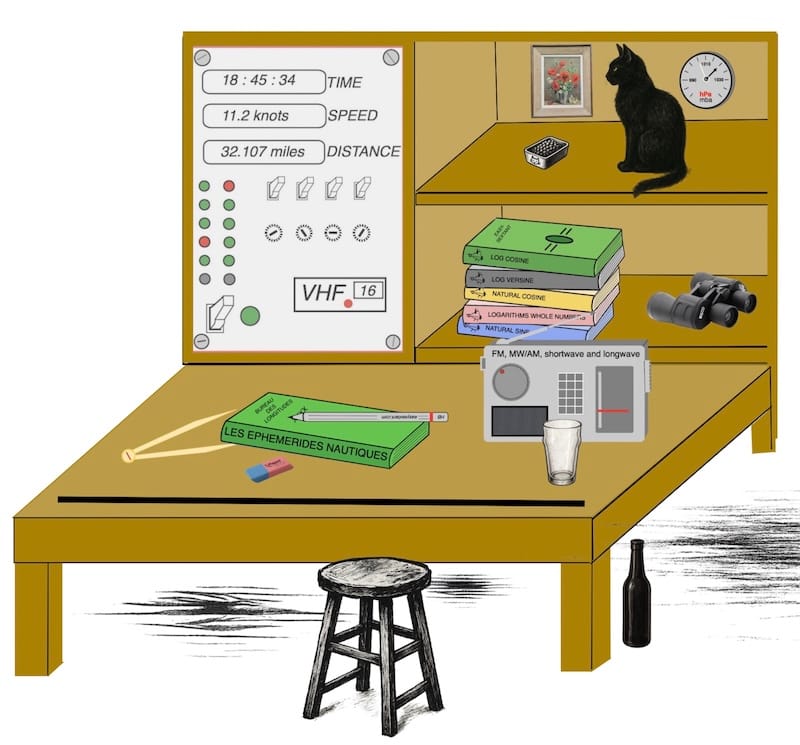
Dead reckoning is the process of estimating a vessel’s current position by advancing a known position using course, speed, time, and distance.
Celestial navigation complements this by providing fixes based on celestial observations.

The Growing Uncertainty of a DR Position
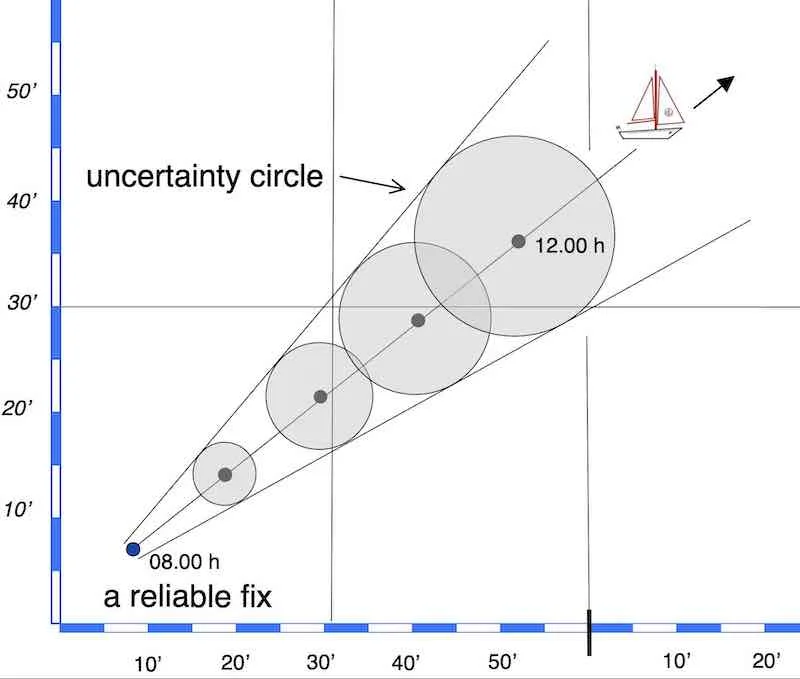
As time passes after obtaining a reliable fix, the uncertainty circle gradually expands.
In response, the navigator meticulously scans the region bounded by the two tangent lines for any potential navigational hazards.
If the uncertainty circle grows too large, it is imperative for the navigator to acquire a fresh fix using whatever means are at their disposal.
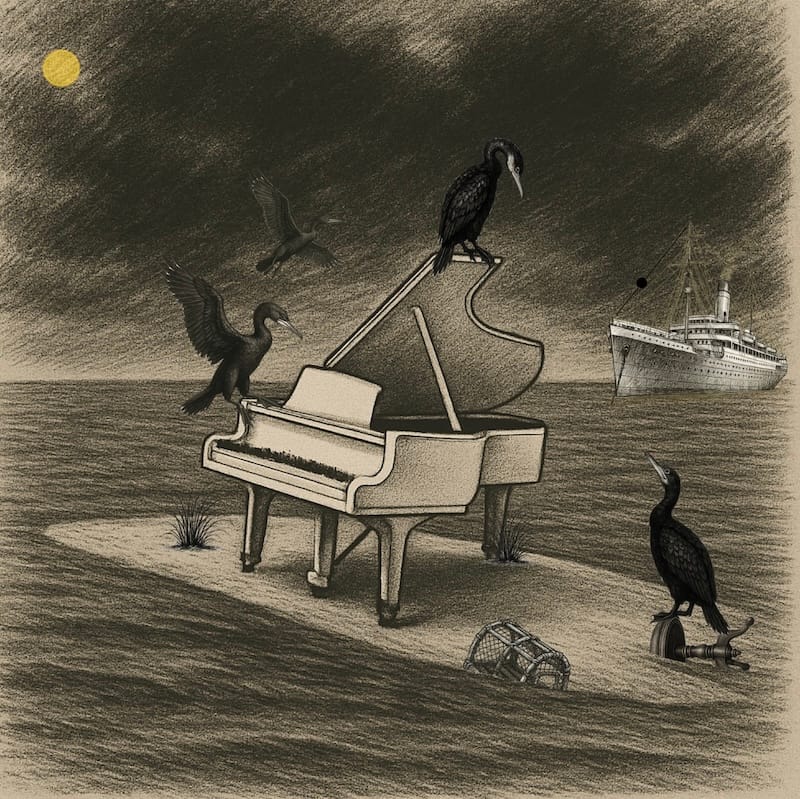
In 2011, sailors off Biscayne Bay, Florida, found a full-size grand piano mysteriously sitting on a sandbar. Nobody ever figured out who put it there — it just appeared one morning and stayed for weeks until it collapsed into the sea.
Knowing your DR (Dead Reckoning) position is a starting point on this self-instruction website to obtain your line of position at sea after a sextant observation

Latitude (L) and Longitude (G)
Estimated latitude (L)
Estimated longitude (G)
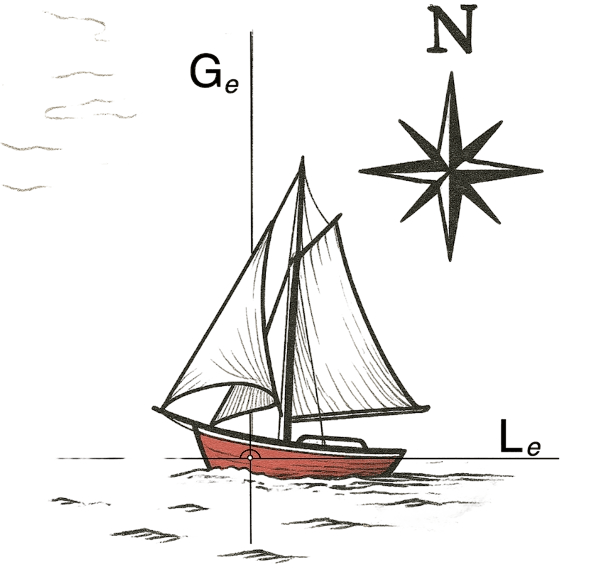
Note: In this guide, ‘L’ and ‘G’ refer to estimated latitude and longitude respectively, deviating from the traditional φ and λ to enhance clarity.
Firstly, dead reckoning is used to determine the current position of a vessel that has been followed from a known position.
Recording Course, Speed, and Distance
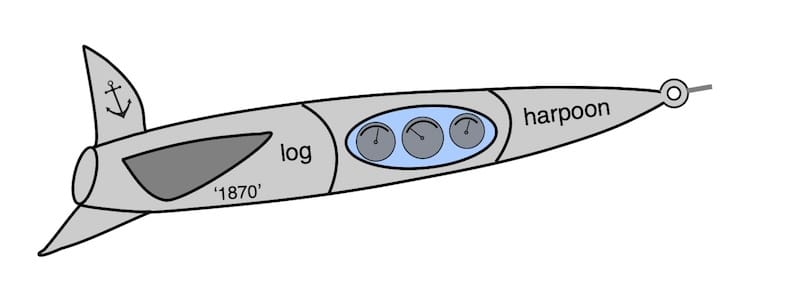
If available, the captain uses the log (speed log) to determine the vessel’s speed and distance traveled.

Sources of Error in Dead Reckoning
The uncertainty in the estimated position (DR) increases especially with the elapsed navigation time.

In reality, the accuracy of DR positions often depends on external factors such as weather, strong currents, and storm conditions.
Also, maintaining a steady course is essential for dead reckoning, as frequent course changes or corrections can introduce errors.
Likewise, alterations in speed caused by sail adjustments, waves, or mechanical issues can also affect accuracy.

The Running Fix: Using Multiple Sun Sights
A known position can be obtained with a sextant by taking two sun sights a few hours apart and determining their intersection.

To correct your DR position, you can perform a running fix using two or more sun sights taken at different times
see also: celestial plotting sheets
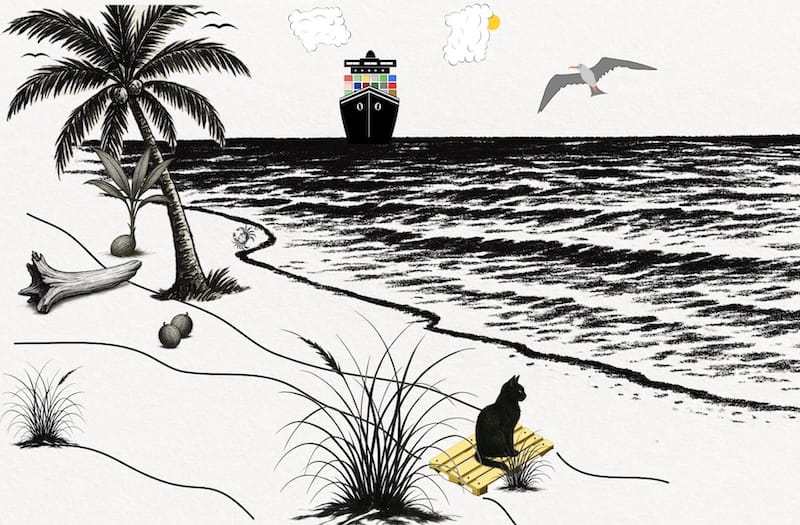
Importance of the DR position!
However, modern methods of navigation tend to relativize the importance of esteem (DR).
In the present day, when GPS and electronic chart plotters are commonplace, dead reckoning may seem outdated.
Nevertheless, it remains a core skill in maritime education and is valued by seasoned sailors as a trustworthy backup.
Many offshore navigators still use dead reckoning alongside GPS, maintaining a continuous record of their position for added accuracy and safety.
In conclusion, only one golden rule exists in navigation, it serves as a safeguard:
DR dead reckoning MUST BE MAINTAINED (FOLLOWED), REGARDLESS OF the NAVIGATION METHOD USED
french navigation book “TRAITE DE NAVIGATION” ( M CAILLOU ; D LAURANT ; F PERCIER )
